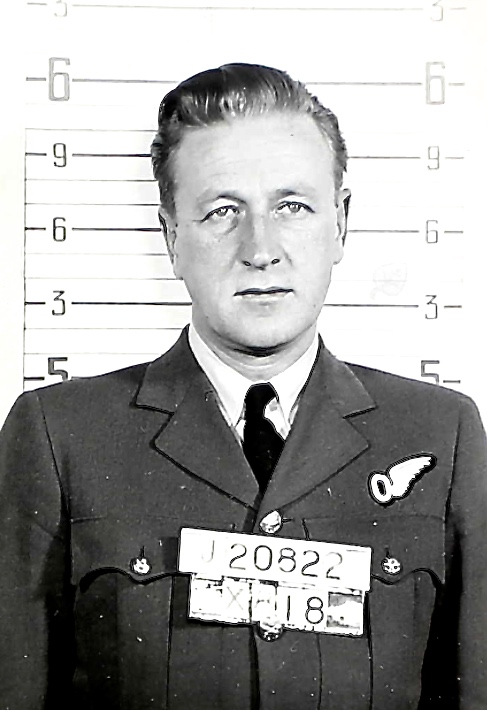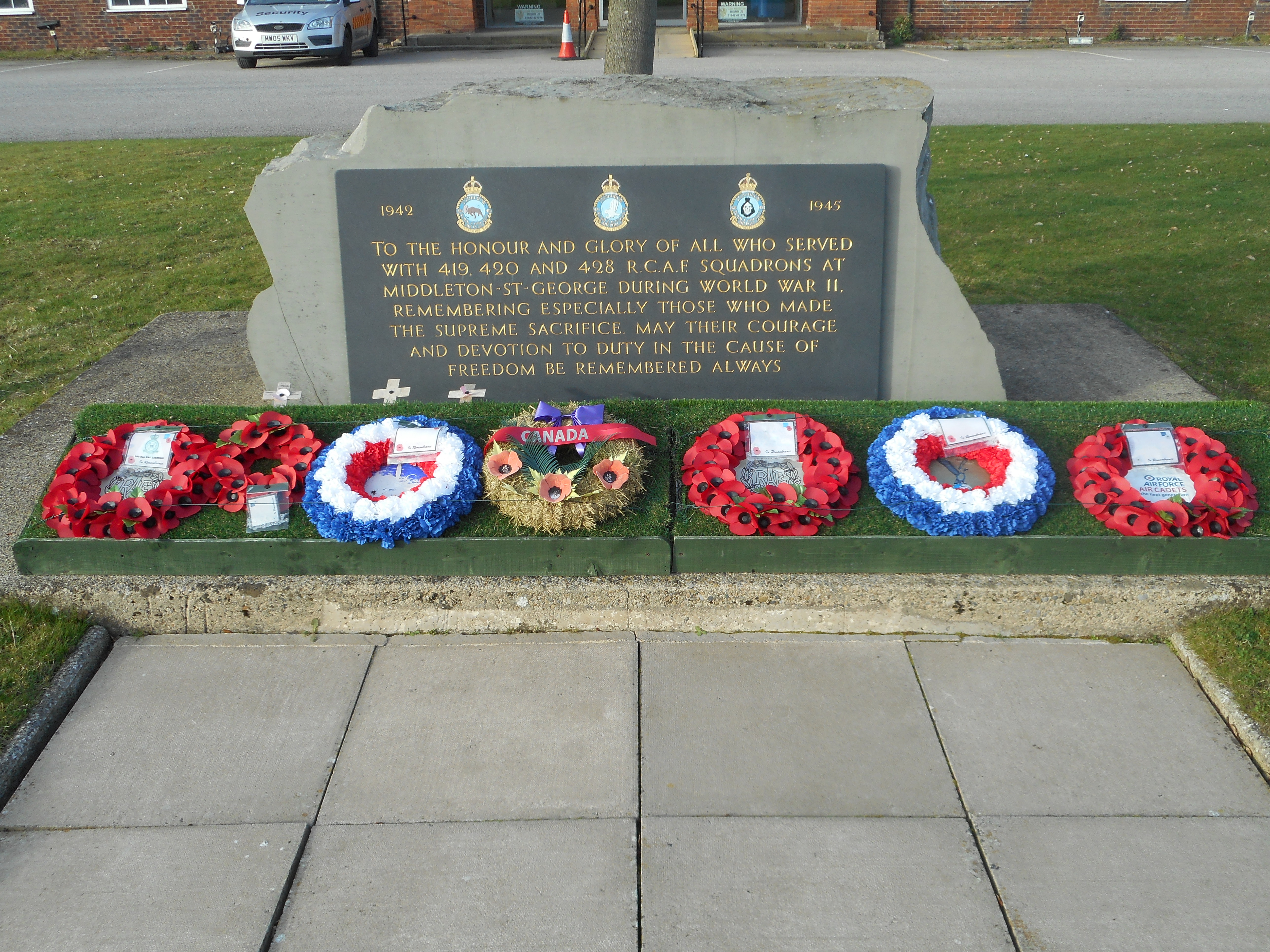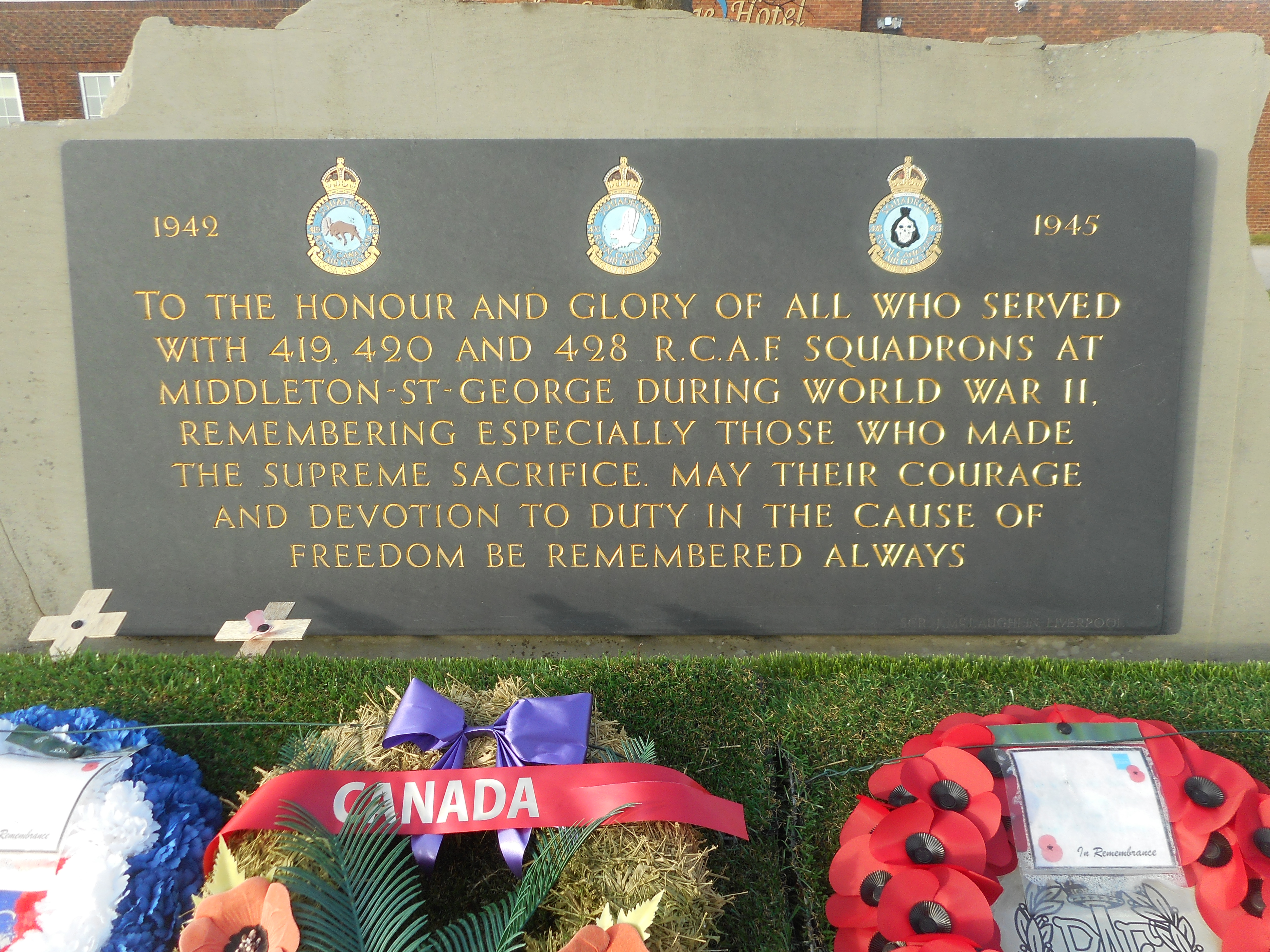Dingley, Linwood Alton
Personal Information
| Rank | F/O |
| Forename(s) | Linwood Alton |
| Surname | Dingley |
| Gender | M |
| Age | 33 |
| Date of Death | 13-05-1943 |
| Next of Kin | Son of George A Dingley and Luella Myrtle Dingley (née Stone) of Portland, Maine, USA. Husband of Paula Beach Dingley (née Stone)- marriage in Los Angeles 16 July 1939. Father of Marion Alice Dingley (born Portland, Maine on 24 October 1924 to Linwood and Marjorie O'Brien). |
Aircraft Information
| Aircraft | Vickers Wellington X |
| Serial Number | HE656 |
| Markings | NA-A |
Memorial Information
| Burial/Memorial Country | France |
| Burial/Memorial Place | Dieppe Canadian War Cemetery |
| Grave Reference | H. 19. |
| Epitaph |
IBCC Memorial Information
| Phase | 2 |
| Panel Number | 155 |
Enlistment Information
| Service Number | J/20822 |
| Service | Royal Canadian Air Force |
| Group | 6 |
| Squadron | 428 (Ghost) |
| Squadron Motto | Usque ad finem (To the very end) |
| Trade | Air Bomber |
| Country of Origin | United States of America |
Other Memorials
| Location | Adjacent to fomer St. Georges Hotel, Teesside Airport, County Durham |
| Country | United Kingdom |
| Memorial Type | Memorial Stone with inscribed slate tablets |
| Memorial Text | Dedicated to all who served on 428 (RCAF) Sqn at Middleton St. George during WWII, especially those who made the supreme sacrifice |
Miscellaneous Information
| Linwood was born on 25 May 1909 at Portland, Maine. His father was born at Casco, Maine, and was a retired businessman (Lt. In Portland police) and his mother was born in Otisfield, Maine. He had one sister, Alice Marie. The schools he attended were Cummings Public 1915-1923, (Entrance); Cornish High School 1923-1927 (Graduated) Jnr. Matric. and then Babson’s Tech. 1927-1931 (Banking). His sport interests were hockey, swimming and football. Linwood worked for Howard Perrin in Boston as a Margin clerk 1929-1931 and then became an orchestra conductor between 1931 and 1942 until enlisting. He was a well known Dance Band Leader known as Duke Daly and His Orchestra. |
| He enlisted in 22 January 1942 and after training arrived U.K. and disembarked on 18 December 1942. From 3 PRC he went to 23 OTU 19 January 1943 and 428 Squadron on 14 April 1943. Sadly it was from here that Linwood lost his life the following month on 13 May 1943. |
Commonwealth War Graves Commission
The National Archives
| Record of Events (Operational Record Book) AIR 27/1849/10 |
| Summary of Events (Operational Record Book) AIR 27/1849/9 |
Fellow Servicemen
Please note that this list gives all the losses aboard the quoted aircraft and occasionally these may have occurred on an earlier date when the aircraft was not itself lost. Please check the dates of death carefully.
Last Operation Information
| Start Date | 12-05-1943 |
| End Date | 13-05-1943 |
| Takeoff Station | Dalton |
| Day/Night Raid | Night (56% moon) |
| Operation | Duisburg. 572 aircraft, 34 losses (5.9%). Near-perfect PFF marking lead to highly concentrated bombing and a significant improvement on the three preceding recent raids on Duisburg. The centre and port areas of the city were badly damaged, including four of the August Thyssen steel plants. Such was the success of this raid that no further raids were planned on Duisburg for some time. |
| Reason for Loss | Lost off the French coast An air sea rescue saw signs of wreckage approximately 15 miles from the coast but no life raft |




